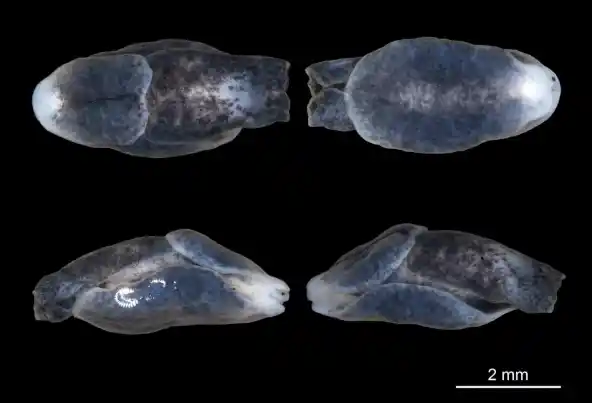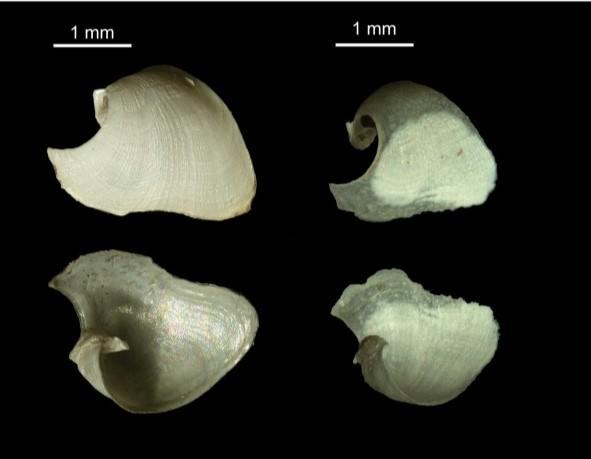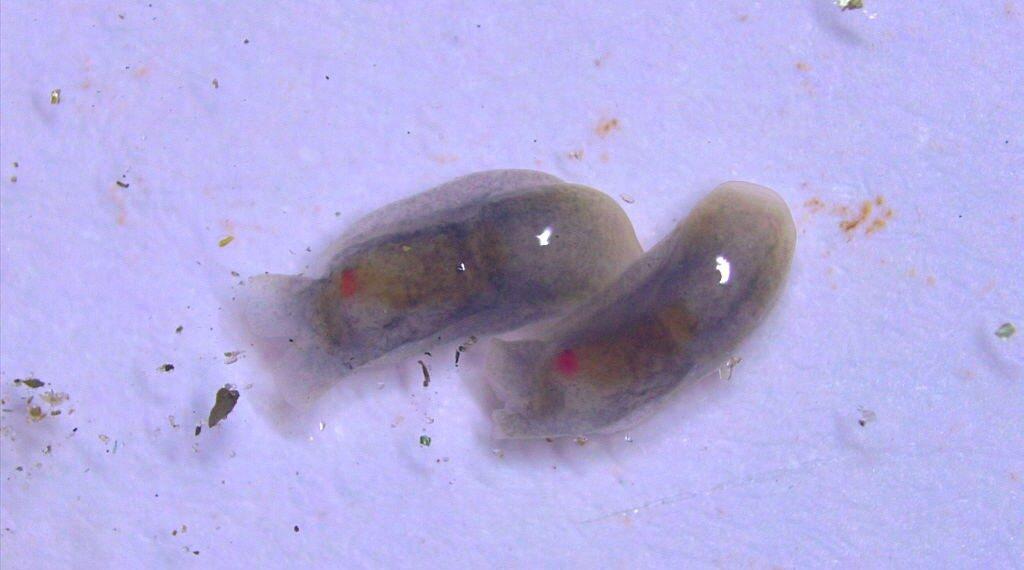Bhubaneswar
A team of four researchers, led by scientist Dr. Prasad Chandra Tudu, of the Marine Aquarium & Regional Centre (MARC) at Digha in West Bengal, closely adjoining Udaipur of Odisha, had discovered the new invertebrate species ‘head-shield sea slug’ in 2021.Examined and analysed thoroughly for three long years, the details of the research were sent to three noted scientists for their expert opinion. They reviewed the details submitted by the team, and finally dubbed it as a new species. The research paper had contained ‘detailed analyses of morphological, anatomical and molecular characteristics of head-shield slug’.

While one scientist belongs to the USA, the other two hail from New Zealand and Australia respectively (their names have been kept anonymous). A paper containing scientific details of the new species was published in journal ‘Mollusca Research’ of Australia-based Malacological Society on February 27, 2024 that incidentally coincided with President Droupadi Murmu’s visit to her home state Odisha.
“The new brownish black species that measures a maximum seven mm, weighs eight mg and sports ruby red spot in the hind end has been named after honourable President Droupadi Murmu. Dr. Tudu also belongs to tribal-dominated Mayurbhanj district of Odisha from where the President too hails. The villages of both are in one subdivision Rairangpur,” said Dr. Dhriti Bannerjee, the Director of Zoological Survey of India (ZSI) of which MARC is a wing.
“The new species that belongs to the genus of similar ones found in the Indo-Pacific Oceanic realm and Gulf of Thailand crawls along the sand leaving behind a trail like a turtle,” said Dr. Anil Mohapatra, a scientist of EBRC, which is ZSI’s another wing. He along with Dr. Tudu undertook the research along with other team members.
Melanochlamys Droupadi belongs to Melanochlamys Cheeseman. These specimens that inhabit wet, soft and sandy beaches were collected from the low intertidal zones of Hospital Ghat of Digha coast in West Bengal.

“The species has both male and female reproductive systems. While the former is in its head, the latter is in its tail. However, it needs another head shield slug for biological union, and its reproduction apparently occurs between November and January,” explained Dr. Tudu. “‘Melanochlamys Droupadi’ has a posterior accounting 61 percent of its body length and is the third truly tropical species of Melanochlamys,” he added.




















